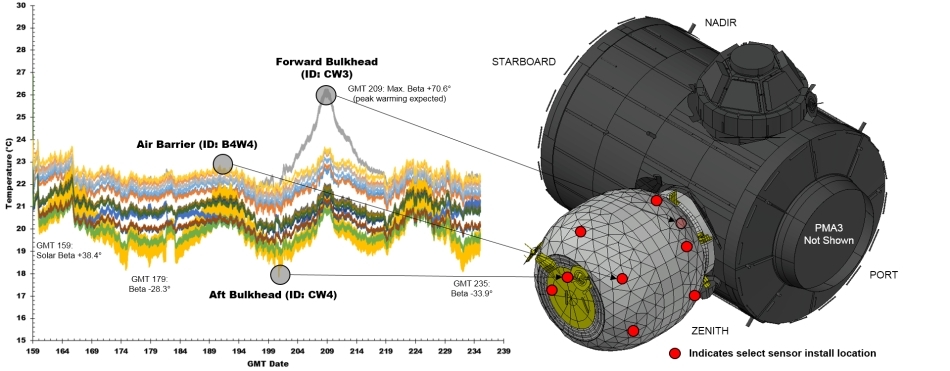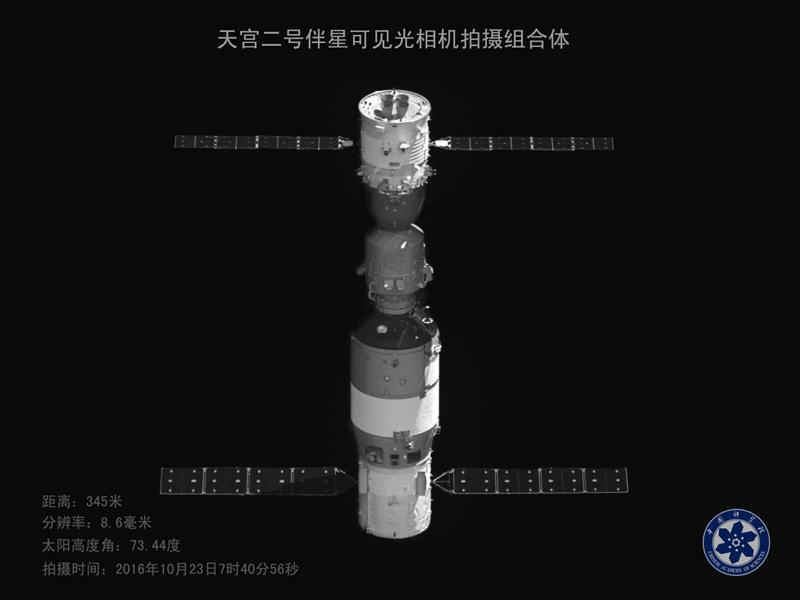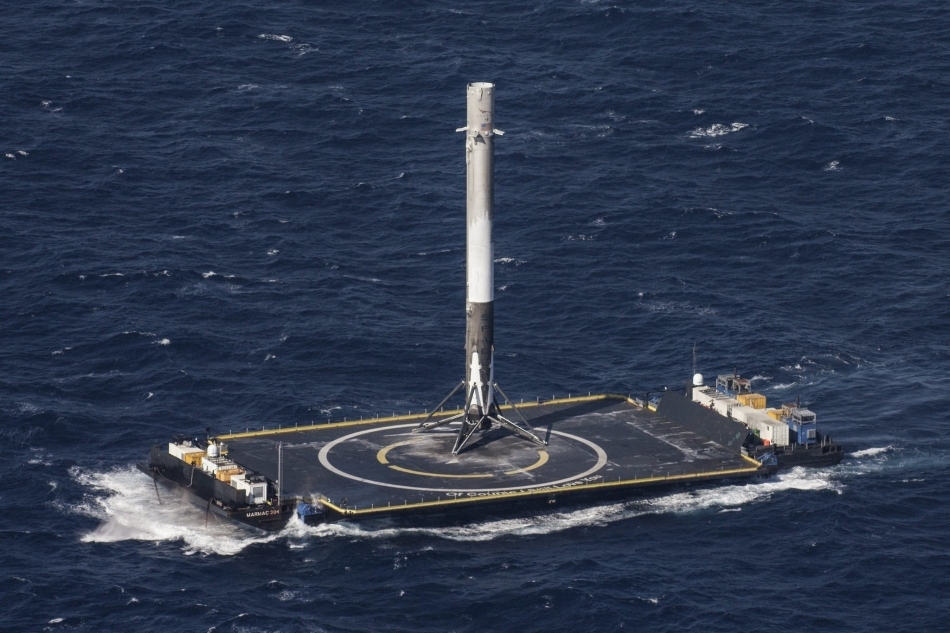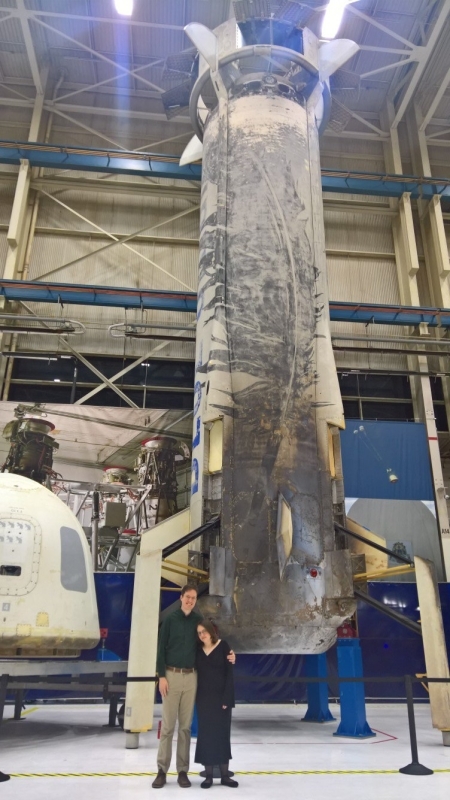The development of space events in 2016 and the most expected in 2017

The publication, even longrid, looks like a photograph — it shows a snapshot of the situation at the time of its creation. But life does not stop there; what happened is getting development. 2016 cannot be called the year of one cosmic event, there were even many significant and different ones. What now with the fact that worried us in 2016, and what is interesting in the world of astronautics is waiting for us in 2017?
Piloted astronautics
The most significant event in the manned space program was the completion of the annual mission of Scott Kelly and Mikhail Kornienko. After returning from orbit in early March, their paths diverged. Scott completed his space career, became the face of the watch company and wrote memoirs. Mikhail Kornienko undergoes a multi-month post-flight rehabilitation, combining it with PR activity, for example, he met the New Year with his family in Bashkortostan, combining rest with performances in front of schoolchildren.
')
Obviously, the annual flight was generally successful, scientific publications are being written so far, and from the interviews of the astronauts themselves it can be learned that the first time after the flight they felt very so-so. In an interview, Kornienko spoke about pain in the back of unknown origin, Kelly talked about pain in his legs and burn sensation on the skin, which on Earth interacts more frequently and more strongly with surrounding objects than in weightlessness. The news about plans to repeat the annual flight with new crews also indirectly tells about success.

The second important event on the ISS was the deployment of the BEAM inflatable module. The module was somewhat cramped due to the launch transfer due to the Falcon 9 accident in 2015, so they blew it up slowly and sadly. But this did not prevent it from being fully deployed, and the module is now flying “passenger” as part of the ISS — they do not work or live in it, and it is closed almost all the time. In June, the hatch was first opened and sensors were installed, and in September the hatch was opened again - to replace the batteries, pull up the loose sensors and bring the stuck laptop to life. So far, the module transports the cosmic conditions normally, the sensors collect information, and so far there is no reason to doubt that BEAM will be able to spend the planned two years in space.

An investigation into the Progress accident on December 1 is still underway. According to the latest news, the work of the commission was again extended, now until January 9, but today, instead of the results, we can hear news about another postponement.
Sad as it may seem, the most significant news of 2017 on the ISS seems to be a crew reduction - due to the reduction of Progress flights by one Russian cosmonaut now will be less, and the crew of the ISS will be reduced from 6 to 5 people. But, as in the zero years, it will again be possible to carry space tourists.
Another big news is that in 2017 the first test flights of the new American manned spacecraft are expected - Boeing CST-100 Starliner and SpaceX Dragon 2. The first flights will be unmanned, and in 2018 manned launches can take place. Given the continuous postponement of SpaceX, I would not be surprised if they moved their first launch to 2018, but Boeing has more chances to meet the schedule.

In 2016, China, after a three-year hiatus, continued launches under a manned program. The Tyangun-2 orbital station was put into orbit, and two cosmonauts successfully worked there for a month. It used to be said that there will be a second docking station at the station, and one of the expeditions will receive a cargo ship, but according to the latest news, the Tiangong-2 work plan is very small - it does not have a second docking station, in the first half of 2017 it will automatically accept cargo the ship, which will check the possibility of fuel transfer, and this is where its operation will end. And the next manned expedition will go to the new station "Tyangun-3", which in terms of functionality will be similar to the "World" and will be launched not in the late tenths, or in the early twenties.
Spacex

2015 ended with a big success for SpaceX, when they first landed the first step on the platform near the launch. In the spring of 2016 the first step for the first time successfully sat on the barge. At the end of 2016, the first flight of the Falcon Heavy super-heavy rocket and the first launch of an already flying stage were expected, but both of these events slipped to 2017, not least because of the September accident during the test burn. Only four months later, on January 2, the results of the accident investigation appeared on the official SpaceX website. The cause is the destruction of the second stage boost tank. This tank consists of two parts - an aluminum inner case and a composite winding. It turns out that there were voids in the winding, and this was found in the debris. In the accident of September 1, supercooled oxygen got into such a void, probably froze and due to friction and pressure of carbon fibers ignited, causing the tank and the second stage to collapse. As measures to eliminate the causes of the accident, SpaceX plans to supply warmer helium to the boost tanks and, before changing the design of the tanks, abandon the accelerated refueling procedure. Resumption of start-ups shifted throughout December, moved to January 8, but, according to the latest news, was postponed to January 14, now due to weather conditions. The first launch of the used stage is still scheduled for February, and the first flight of the Falcon Heavy is in the second quarter, but given the constant postponement of SpaceX, it would be great if these events took place in 2017 in principle.
Suborbital tourism
In this area, Blue Origin has achieved the greatest success with the rocket and the New Shepard ship. In 2016, they conducted four fully successful unmanned flights, in which they also tested landing on two of the three parachutes and the work of the rescue system in the area of maximum velocity head. As a result, the rocket successfully landed five times and went to the museum.

In 2017, the first manned launches are expected on the new rocket, and they are going to start taking tourists in 2018.
Virgin Galactic, which lost the SpaceShipTwo suborbital apparatus and one of the pilots in the 2014 crash, only managed to return to flights in 2016. And even then, the second flight copy of the SpaceShipTwo is checked in the planning flights without switching on the engine, which has been the main problem of the entire system in recent years. In 2017, I hope, flights will start with the engine turned on, and we will be able to find out if SpaceShipTwo is able with it to rise to a height of 100 km. If Branson is in a hurry, and luck contributes to him, he will even be able to start carrying tourists before the leisurely Bezos, but in terms of security, these ships are incomparable. If I had an extra 100-200 thousand dollars, I would definitely choose New Shepard.
Scientific Cosmonautics
At the beginning of 2016, the discovery of gravitational waves was a huge news. It was made on ground equipment, but the demonstrator of the LISA Pathfinder technology, which is capable of measuring the position of platinum cubes with accuracy to femtometers, is already flying in space. Throughout 2016, the device was tested in orbit and showed excellent results. It is a pity that the detector based on its technology is planned to be deployed only in the 2030s.

In spring, Mars launched and in October the Russian-European probe ExoMars successfully entered orbit. The Schiaparelli test landing vehicle flying with it crashed due to the inertial navigation device misinterpreted as a landing saturation. The inertial system reported incorrect data about negative altitude for a whole second, and the on-board computer, which was not programmed for this type of error, believed it in vain, because in reality the device was at an altitude of 3.7 km. The orbiter Trace Gas Orbiter is now preparing for the transition to a working circular Martian orbit from a highly elliptical one with a small drag on the atmosphere of Mars each orbit of the orbit.
The next big event was the arrival to Jupiter station "Juno". Alas, here, too, was not without overlays - the probe still could not move from an intermediate orbit to a working one due to problems with the boost valve. The coils of the intermediate orbit take much more time, and on them “Juno” may not have time to complete the entire scientific program before failure due to the extremely difficult radiation situation in Jupiter.
In September , a new OSIRIS-REx interplanetary station for an asteroid was launched , it should reach its goal in 2018, and return with samples of asteroid material only in 2023. And at the end of September Rosetta interplanetary station was deliberately smashed against Churyumov-Gerasimenko comet.
In 2017, the Cassini apparatus, which has been operating for more than ten years, was deliberately burned in the atmosphere of Saturn, and not a single earth apparatus will operate around the gas giants for the first time in a long time. But there are plans for 2017 and good news - China is going for the first time after the Soviet "Luna-24" to return the soil sample to the "Chang-5".
Applied Cosmonautics
Here, space brings direct benefits, so the number of launches in 2016 amounted to dozens and will grow in 2017. In addition to telecommunications satellites, the market for Earth remote sensing satellites has grown strongly in recent times. A bit of a comic story happened in 2016 with the company Planetary Resources, which was originally going to mine for asteroids. The telescope for the exploration of potentially interesting asteroids, which were collected by crowdfunding, changed their minds to launch, but the company signed a contract to create a satellite to monitor wheat crops and increase its productivity. The launch of the Russian satellite RS “Kanopus-V-IK” since the end of December has shifted to the second quarter of 2017, and this, perhaps, is not bad, because the “Mayak” Kubsat is flying with it, which, for some time, may become bright star in the sky, and in the second quarter it will be more convenient to observe.
By the way, the US military communications satellite MUOS 5, whose main engine broke down in the summer, did get to the geostationary orbit on shunting.
Cosmodromes and launch vehicles

Great success for Russia was the first launch from the new Vostochny cosmodrome in spring 2016. Paradoxically, it is beneficial , even if it makes only rare launches - the presence of a sovereign alternative site made Kazakhstan more compliant in matters of Baikonur operation. In China, a new and very promising cosmodrome also opened - with Wenchang, occupying an advantageous position not far from the equator, new Chinese missiles, the “Great March” -5 and -7, were successfully launched.
After the accident in 2014, she returned to flying on new, but also Russian-made, Antares launch vehicle engines.
In 2017, the first launch of another Chinese rocket, the lightweight Naga-L, which is not expected to be under US restrictions, is expected, and it can be launched outside of China (called the territories of Sweden, Indonesia and Tanzania) with commercial payloads. In addition, the first flight should go two ultralight missiles - Japanese SS-520, converted from geophysical, and private Electron.
2017 looks no less promising for interesting events than last year, do not forget about space, there are many interesting things.
Source: https://habr.com/ru/post/400593/
All Articles